In this post, it’s shown the methods of detecting exoplanets, which are planets outside the Solar System, they orbit other stars, or wander through space.
Direct imaging
Consists in observe directly the celestial body through a telescope. However, it’s very hard to find planets several light years away with this technique. Few exoplanets have been discovered with direct imaging. The biggest difficulty is that the light reflected by the planet and heat radiation are overshadowed by star’s brightness. One of ways to block star’s light is equipping the telescope with a coronograph. This is have already been quoted in the post about coronal mass ejection.
What is coronal mass ejection?Click here
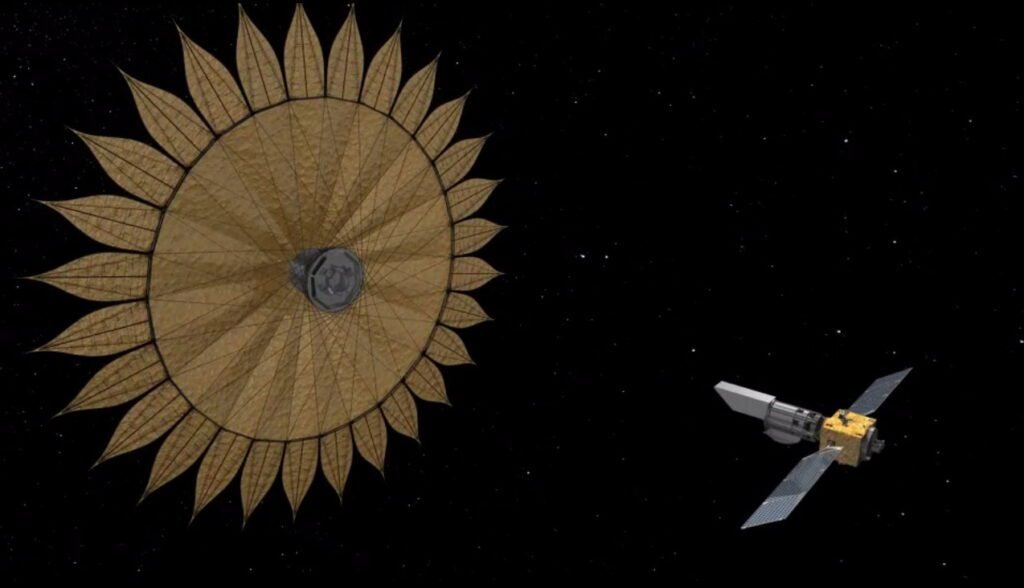
Gravitational lens
The gravitational lens use the General Relativity principle, light bends and change direction when pass close to a massive object.
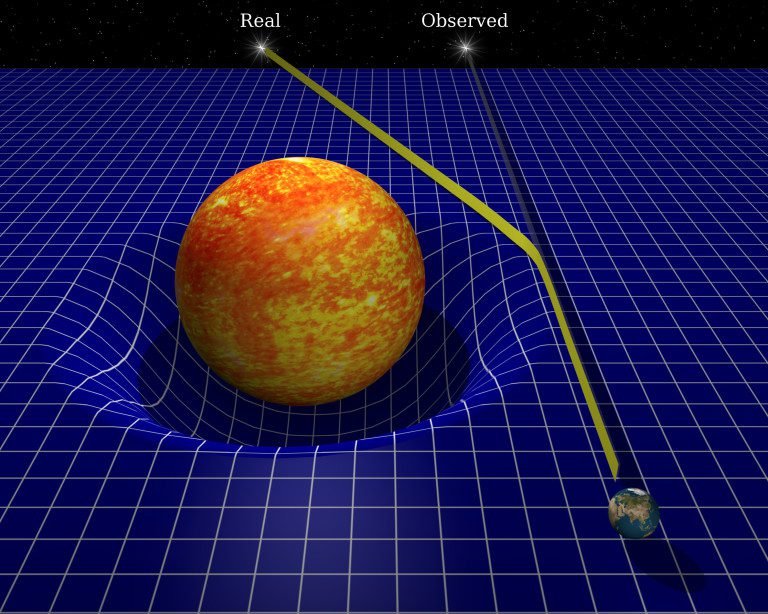
To use this method, a source star is used to provide a backlight, while the exoplanet’s star serves as a lens to bend the light and produce two images from source star.
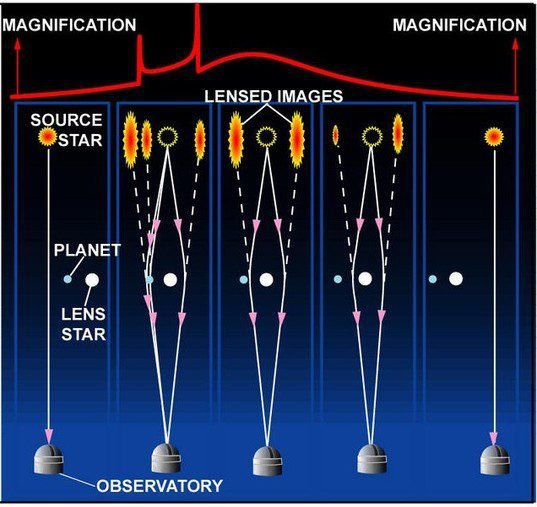
Star’s brightness variation
This is the most used method to find exoplanets. The majority of planets outside Solar System were discovered observing the variation of brightness on target star.
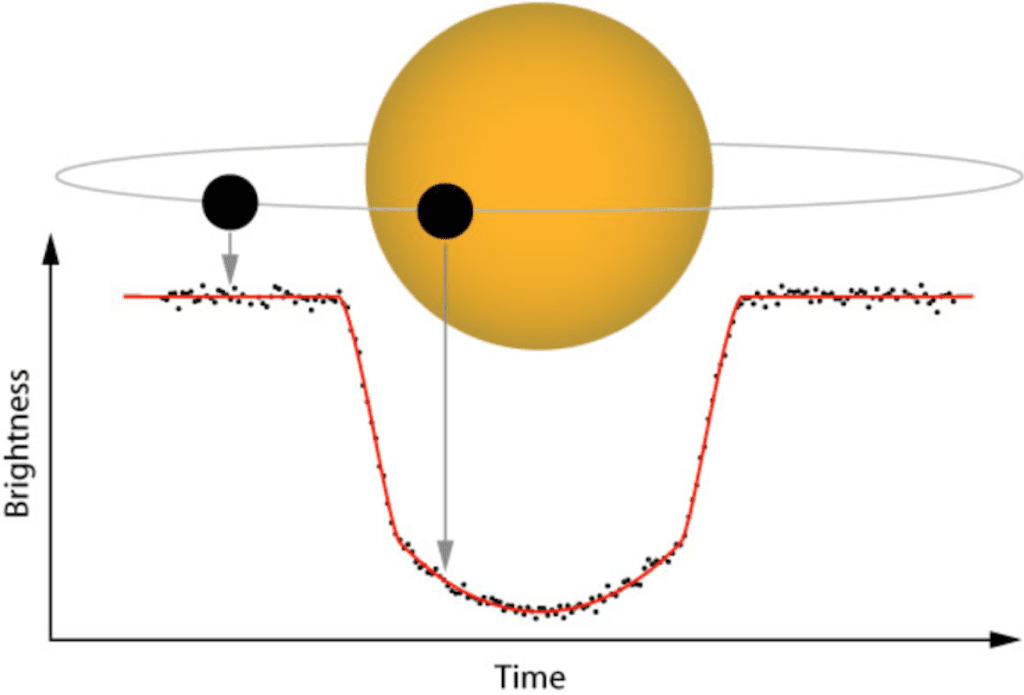
With this method, can also discover the planet size and it’s translation speed, that is related with distance from the star. The disadvantage of this method is that the exoplanet can take too long to pass in front of the star.
Radial speed variation
The star exerts gravitational force on planet and vice-versa. Consequently, both spin around a common center of mass for both celestial bodies.
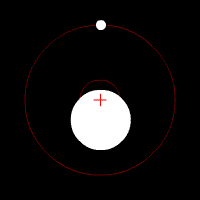
This movement causes a Doppler effect, emitted light by the star causes a wavelength variation in relation to telescope.
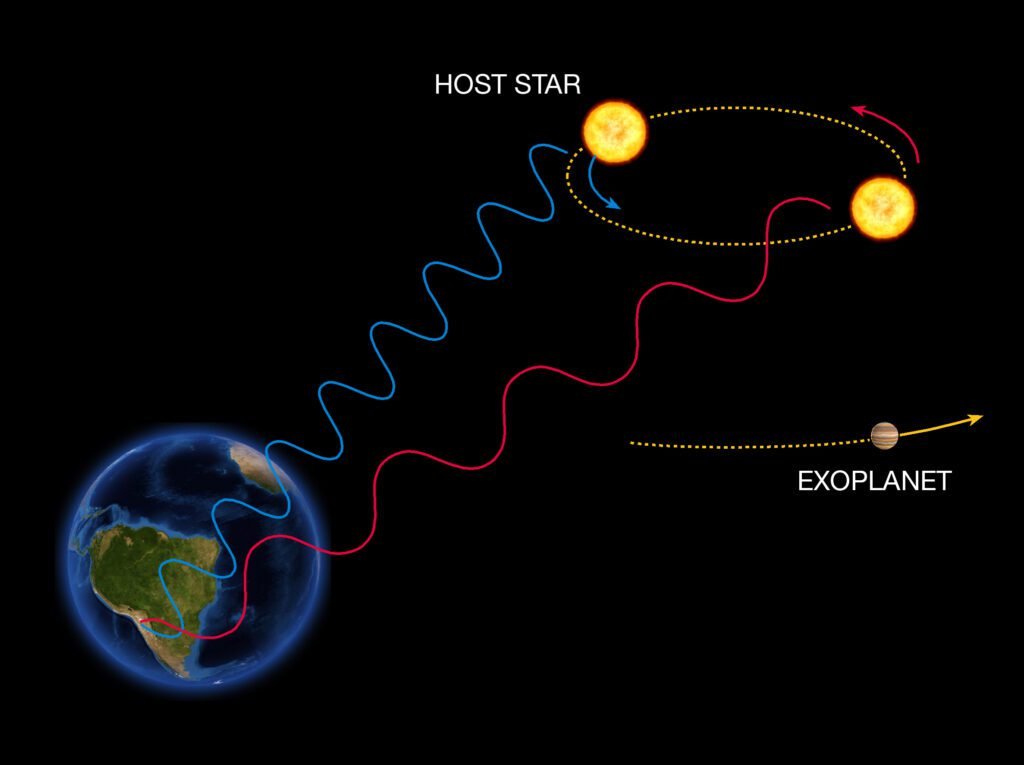
Measuring the variation wavelength, can measure star’s oscillation speed. Therefore, can calculate mass and speed of planet. This method is useful only to find massive exoplanets around small stars.
Astrometry
This method consists in detect the motion of a star measuring its distance in relation to other stars that are fixed in relation to observer.
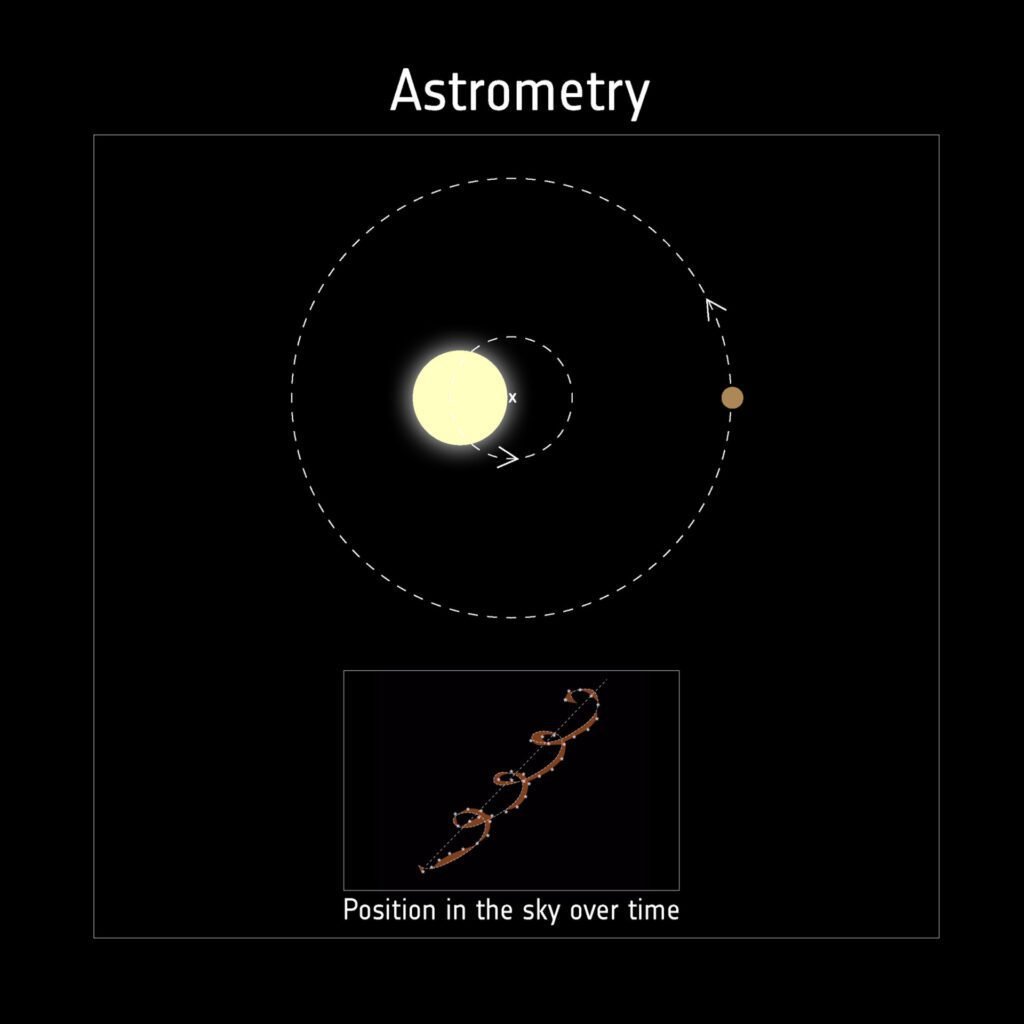
Many images of the region on space where the target star is located are taken, to compare the distances with reference stars. This method is very difficult to be used and requires optical instrument extremely precises. Very few exoplanets were discovered with this technique.



